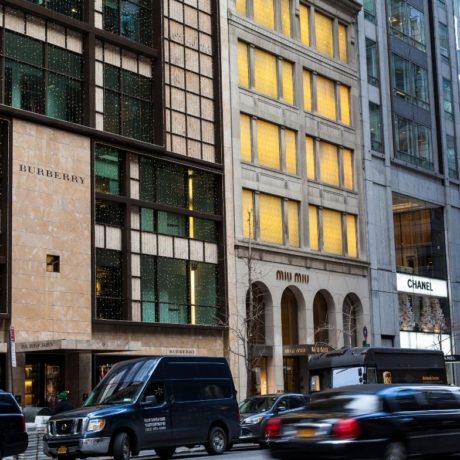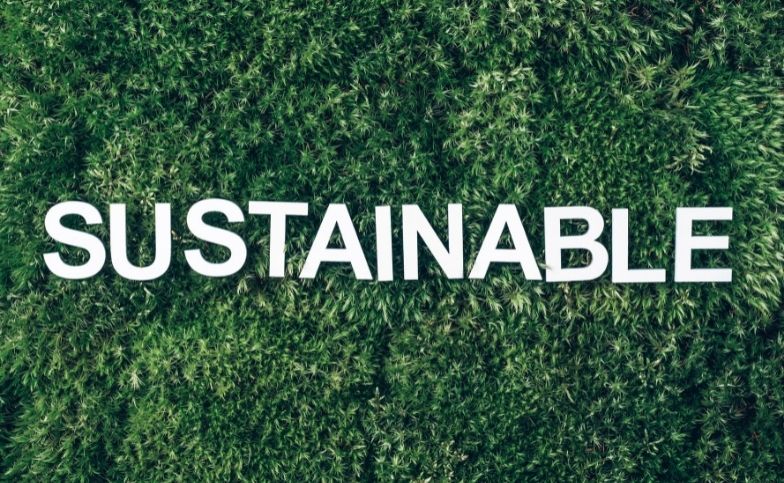Is it really possible to lessen the fashion industry’s environmental impact? A fashion display associated with the 26th United Nations Climate Change Conference, often known as COP26, featured a variety of British fashion labels and designers, including Burberry, Stella McCartney, and Mulberry.
The event, hosted by Caroline Rush, CEO of the British Fashion Council, highlighted the UK’s commitment to climate change through fashion innovation.
COP26: Fashion Comes Together to “Make History, Not Repeat It.”
Fashion Roundtable, the secretariat for the All-Party Parliamentary Group for Textiles and Fashion; Fashion Revolution, a sustainable fashion campaign group; Centre for Sustainable Fashion, a University of Arts London research hub based at the London College of Fashion (LCF); Common Objective, an ethical fashion forum; and Eco-Age, an Italian fashion and sustainability consultancy, have penned an open letter, in collaboration with businesses and civil society organizations, to world leaders ahead of COP26.

The letter emphasized the fashion industry’s critical role and effect in achieving net-zero and climate change goals.
It emphasized the importance of social action, waste reduction, corporate responsibility, clothing skill development and education, and a shift to business models that support a just transition to a well-being economy. The following are the five calls to action:
- Collective action to achieve net-zero emissions by no later than 2050
- Resourcefulness in waste elimination
- Increase responsibility by businesses towards their global supply chains
- Support skills development in education to encourage children to learn the necessary skills to make, repair, and re-use their clothes
- Frame any solutions to the climate emergency around business models that shift the focus from profit and loss to a just transition towards the well-being economy
How Brands Are Showcasing Sustainability Innovation
For Prime Minister Boris Johnson, The Great campaign takes the best of the United Kingdom’s inventiveness and innovation to the rest of the world. Seeing British fashion manufacturers innovating and pushing the industry towards a greener future, from infinitely recyclable apparel to carbon-neutral businesses is remarkable.
“I know many more businesses will work hard to make fashion more sustainable in the years to come, and I commend the industry’s resolve to play their part in this,” Prime Minister Boris Johnson added.
Pam Batty, Burberry’s vice president of corporate responsibility, said: “Now more than ever, faster and bolder action is needed to create a resilient, zero-carbon future. Burberry is thrilled to contribute to the Great showcase, which demonstrates how impactful collective action can be. It is essential for the fashion industry to use its influence by investing in more sustainable solutions, and we sincerely hope that other businesses feel inspired to take action and make a positive change.”

Sustainability has been Amy Powney’s lifelong passion. This Mother of Pearl creative director has been on a mission to reduce fashion’s design impact on the planet.
She believes that it is no longer just about one brand; the fashion industry as a whole, demands a system reset as well as a shift in consumer behavior.
“We need to get back to valuing clothes as beautifully crafted pieces, not throw away objects. The system needs to slow down. We need to invest in brands with the right values and consider closed-loop systems which encourage us to rent, repair, recycle and resell, replacing impulse purchases and fast fashion methodology,” Powney added.
The garment industry contributes £32 billion ($43.38 billion) to the UK economy each year, while nearly a million tonnes of clothing are discarded each year. Textiles made from household trash, such as food scraps and kitchen rolls, are being developed by British researchers.
Saint Laurent, a high-end French fashion house, stated earlier this year that it would no longer use fur next year.
According to research conducted in the Netherlands, the greenhouse gas emissions produced by the manufacture of one kilogram of mink fur were at least five times higher than those made by the highest-scoring fiber, wool. The manufacture of the animals’ feed, emissions from their feces, and the processing of their pelts all contributed to this.












